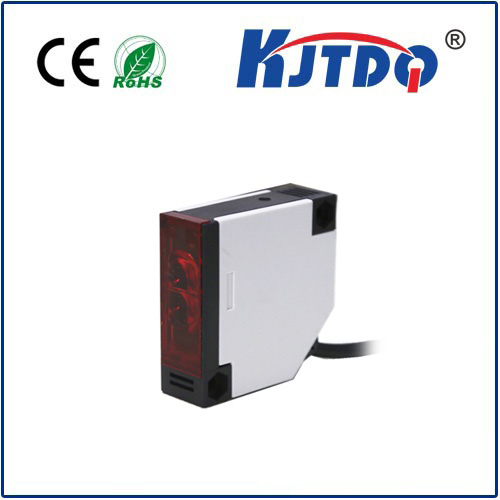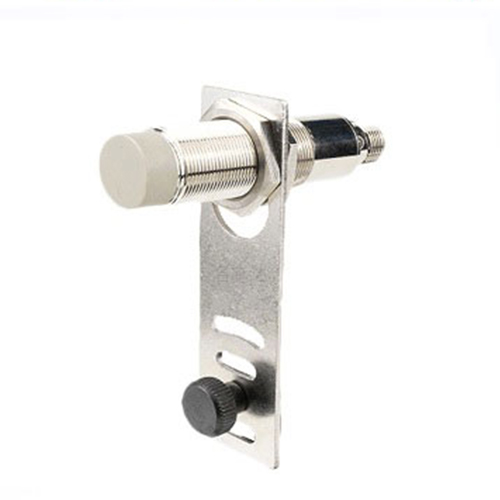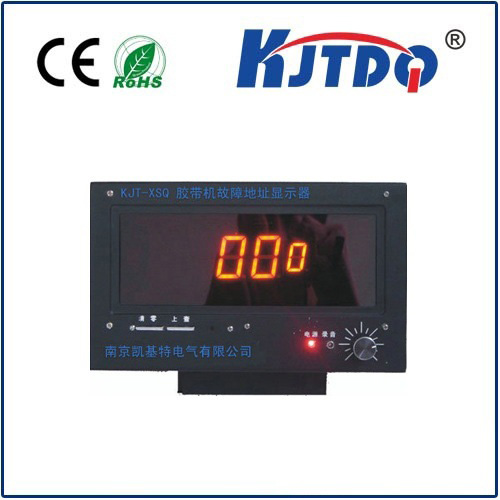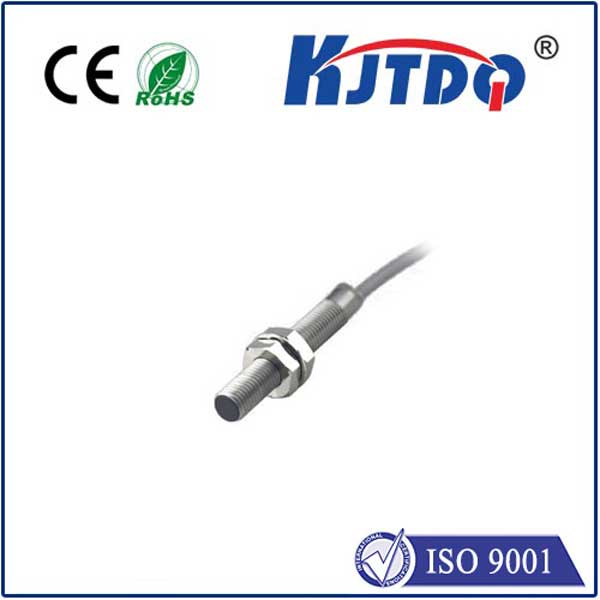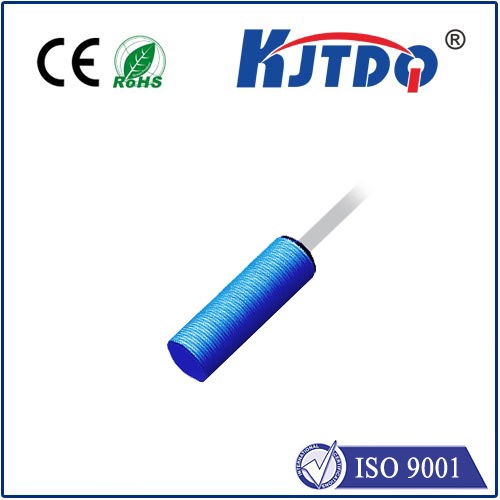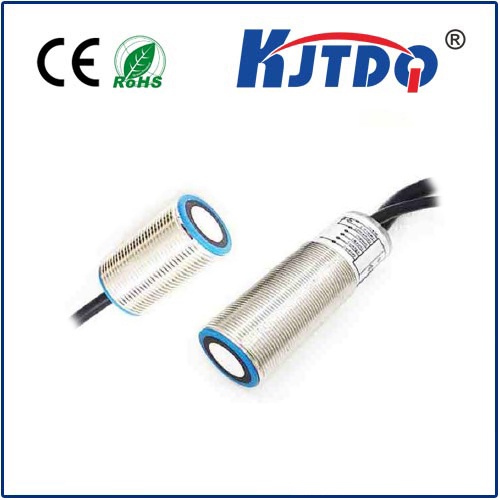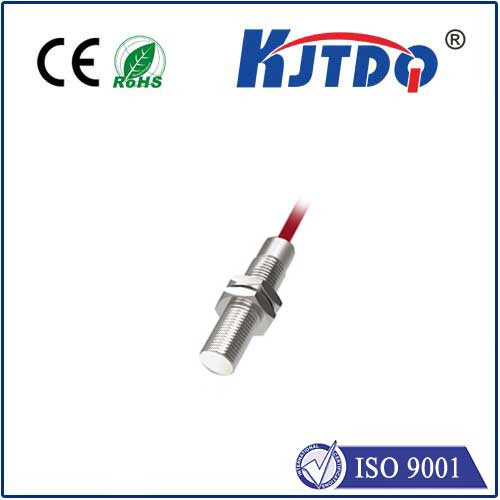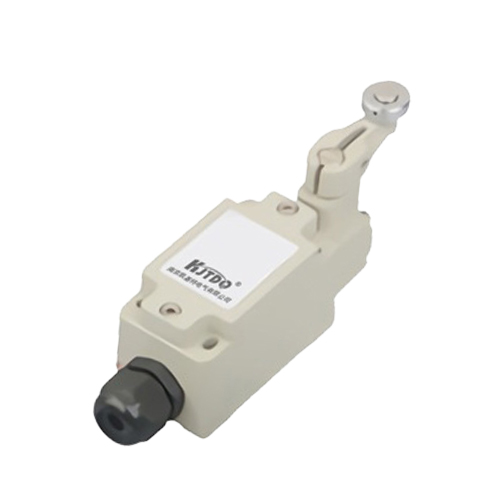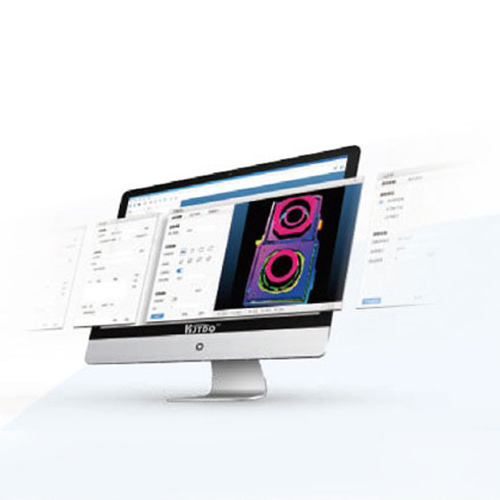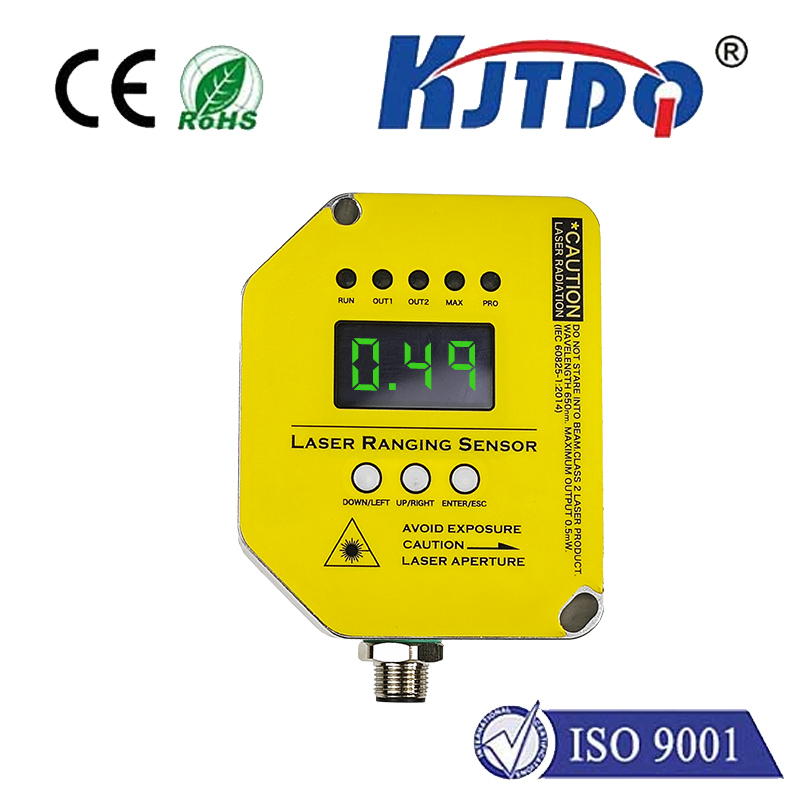ceramic pressure sensor
- time:2025-08-20 00:32:35
- Нажмите:0
Ceramic Pressure Sensors: Unmatched Stability for Harsh Environment Measurement
Imagine a sensor tasked with monitoring pressure inside a scorching jet engine, submerged in corrosive chemicals, or enduring the relentless vibrations of an industrial press. Standard sensors might falter, but one type thrives: the ceramic pressure sensor. Engineered for resilience, these sensors leverage the inherent toughness of advanced ceramics to deliver exceptional performance where others fail. Their ability to withstand extreme environments makes them indispensable across demanding sectors like manufacturing, energy, and healthcare, offering reliable pressure measurement where precision and durability are paramount.
Unpacking the Core: How Ceramic Pressure Sensors Operate
At their heart, ceramic pressure sensors utilize a sensing element crafted from alumina (Al2O3) or similar advanced ceramics. Unlike their silicon counterparts, this ceramic diaphragm is inherently robust and chemically inert. When pressure is applied, the diaphragm deflects minutely. This deflection is precisely measured and converted into an electrical signal. Two primary sensing principles dominate:
- Piezoresistive: A thin-film or thick-film strain gauge circuit is directly applied to the ceramic diaphragm. As the diaphragm bends under pressure, the resistance of these strain gauges changes. This resistance change is measured via a Wheatstone bridge circuit, producing a voltage output proportional to the applied pressure. This method is favored for its simplicity, high output signals, and excellent static pressure measurement capabilities.
- Capacitive: Here, the ceramic diaphragm acts as one plate of a capacitor, with a fixed counter-electrode positioned close behind it. Pressure changes cause the diaphragm to deflect, altering the distance (and thus the capacitance) between the two plates. Sophisticated electronics then convert this capacitance variation into a usable pressure signal. Capacitive ceramic sensors are renowned for their high sensitivity, low power consumption, and exceptional stability over time, making them ideal for applications demanding ultra-high precision.
Why Choose Ceramic? The Compelling Advantages

The choice of ceramic as the foundation material isn’t arbitrary; it unlocks a suite of powerful benefits:
- Exceptional Durability & Chemical Resistance: Ceramics are naturally hard, scratch-resistant, and incredibly resistant to corrosion and erosion from aggressive media like acids, bases, oils, and fuels. This allows ceramic pressure sensors to perform reliably in environments that would quickly degrade metal or silicon sensors. They are often used without the need for complex and potentially failure-prone isolation diaphragms and fill fluids.
- Stability at Extreme Temperatures: High-temperature stability is a hallmark. Ceramic materials maintain their structural integrity and electrical properties across a much wider thermal range than silicon. Many ceramic sensors operate effectively from well below freezing to over 150°C (300°F), with specialized variants reaching significantly higher temperatures. This makes them perfect for engine monitoring, process heating, and sterilization equipment.
- Superior Long-Term Stability: Ceramics exhibit minimal hysteresis and creep. This translates to outstanding long-term measurement stability and repeatability, crucial for applications requiring consistent, drift-free readings over months or years, such as calibration standards or critical process control.
- Resistance to Shock and Vibration: The inherent rigidity and strength of ceramics provide excellent resistance to mechanical shock and high levels of vibration, common challenges in automotive, aerospace, and heavy machinery applications.
- Biocompatibility: Specific high-purity ceramics like alumina are biocompatible, enabling their use in demanding medical applications, including sterilization processes (autoclaves), drug delivery systems, and potentially implantable devices.
Diverse Applications: Where Ceramic Sensors Excel
The unique combination of toughness and precision positions ceramic pressure sensors as the go-to solution in countless demanding scenarios:
- Industrial Process Control & Automation: Monitoring pressures of aggressive chemicals, slurries, hot oils, and gases in pipelines, reactors, and processing vessels. Their robustness handles challenging media and washdown environments.
- Hydraulics & Pneumatics: Measuring pressures in hydraulic systems (oil, water-glycol) and compressed air lines, particularly where fluid compatibility and resistance to pressure spikes are critical. Resistance to water hammer is a key advantage.
- Energy Sector: Monitoring pressures in oil & gas extraction (downhole sensing requires extreme toughness), refining processes involving corrosive hydrocarbons, and power generation systems (steam lines, turbines).
- Automotive & Transportation: Measuring oil, fuel, brake fluid, exhaust gas recirculation (EGR), and turbocharger pressures under high engine bay temperatures and vibrations. Engine management systems rely heavily on their resilience.
- Medical & Laboratory Equipment: Used in autoclaves for sterilization (high heat, steam), analytical instruments, and fluid handling systems where chemical resistance and cleanability are essential. Potential in direct patient monitoring due to biocompatibility.
- Food & Beverage Production: Suitable for processes involving cleaning-in-place (CIP) with aggressive detergents, steam sterilization (SIP), and handling viscous food products. Smooth ceramic surfaces prevent contamination buildup.
- HVAC & Refrigeration: Monitoring refrigerant pressures, particularly with newer, potentially more aggressive refrigerants.
Selecting the Right Ceramic Pressure Sensor: Key Considerations
While powerful, ceramic sensors aren’t a universal panacea. Choosing the right one involves careful thought:
- Pressure Range & Type: Ensure the sensor covers your required range (absolute, gauge, differential) with appropriate overpressure protection.
- Media Compatibility: While highly resistant, confirm compatibility with the specific chemicals or fluids involved, especially at elevated temperatures.
- Operating Temperature: Verify the sensor’s specified temperature range encompasses both ambient and process media extremes.
- Accuracy & Output Requirements: Define the necessary accuracy level (e.g., ±0.5% FS, ±0.1% FS) and the preferred electrical output (mV/V, 0-5/10V, 4-20mA, digital protocols like I²C/SPI).
- Mechanical Interface: Choose the correct process connection (thread type, flange) and electrical connector or cable exit.
- Sensing Principle: Decide between piezoresistive (often tougher, simpler signal conditioning) or capacitive (higher precision, better long-term stability, lower power) based on application priorities.
Leveraging Robustness for Reliable Data
Ceramic pressure sensors represent a critical segment of the pressure measurement landscape, specifically engineered to conquer environments deemed too harsh for conventional technologies. Their unique blend of extreme chemical resistance, high-temperature tolerance, outstanding long-term stability, and mechanical ruggedness make them indispensable tools. When demanding applications require pressure data that you can absolutely depend on – through corrosive baths, intense heat, punishing vibration, or years of continuous operation – the inherent toughness and reliability of ceramic pressure sensors offer an unmatched solution, turning challenging measurement points into sources of dependable information.

